Four dedicated and highly creative families in Bavaria’s Chiemgau region have revived a farm, fulfilling their dream of living together in the countryside. With this project, they won first prize for the KfW Construction Award 2019 in the category of New Construction.
First prize: New construction
Bavaria, Eggstätt (KfW Bankengruppe/n-tv). This video is only available in German.
In 1914, in the Bavarian municipality of Eggstätt, Gabrielhof was the most modern farm for miles around. A long stable and a barn adjoined the pretty, brick main house. But despite its idyllic location on the outskirts of the hamlet of Bachham – a brook rushing by out front, with Mount Watzmann often visible from the pasture to its rear – it had fallen into a dilapidated state and was up for sale in 2014.
Three families from the area, who got to know each other through their children at the Waldorf school, decided on the spur of the moment to buy the property. Their careers range from wood sculptor, teacher and judge to veterinary surgeon and therapist. They were on the lookout for another family and found Eik Kammerl from Pfaffing, an architect eager to experiment with new ideas. During many evening get-togethers, they thought about how they could make the farm their home. For it was in an eerie state. ”During the inspection, the fleas almost ate us up,” they report.
The district of Rosenheim permits three additional residential units on farms located outside villages. If existing buildings are demolished and new ones built, the original size and shape are to be retained. In this case, all signs pointed to a terraced house solution. “That could have got very boring very fast,” says Eik Kammerl.
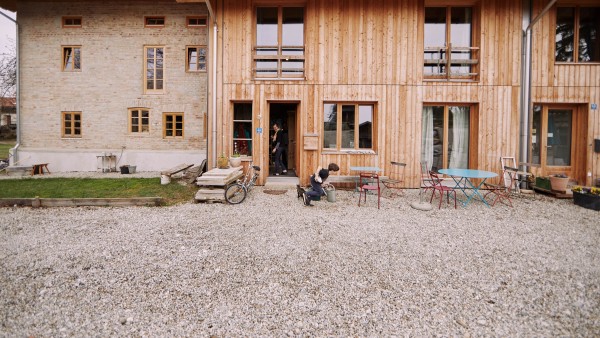
The dream of country living
Three new wooden houses are connected to a charming front building.
Barn-style simplicity
So the group came up with a shape modelled on a rural building: a single structure made of timber – solid timber. Loggias take the place of balconies, with no frills to disturb the appearance. Even the old way up to the hayloft has been preserved – the large gable window there is a reminder of the old barn door.
At its core, this is a row of terraced houses – they are even the same width. But then the differences emerge. The four housing units were developed with as much variety as the four families that would live in them. And although all the couples still have young children, the parents are up to sixteen years apart in age. One couple also took in their sprightly parents, meaning that Gabrielhof is a multi-generational home for its 21 current residents, who range from 6 to 67 years old.
Read more under the image gallery.
Wood, clay plaster, wooden floors
The materials are left natural in the entire ensemble.
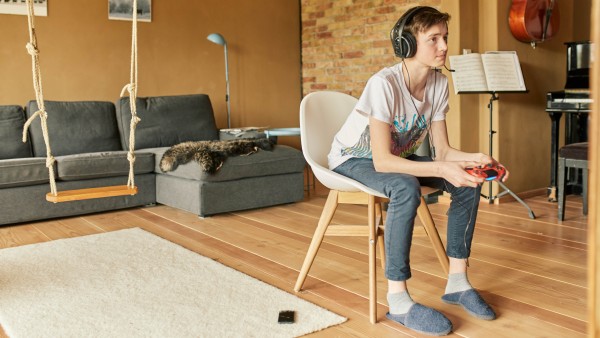
Room for young and old
When there is no current outdoor project, Caspar Schneider pursues his interests in the house.
Same building, different characteristics
Jonathan Emerson from the USA and Katja Nonnast-Emerson renovated the first house in the row. This involved recycling the beams and doors from the old barn, and Emerson applied the clay plaster himself. As in the rest of the ensemble, the materials are left natural, with the larch wood windows not even primed and the screed for underfloor heating only sanded. “The space makes its impact with its materials alone, not with its design,” says Nonnast-Emerson. The floor plan is split down the middle by a steel staircase. A few steps ahead lies an eight-metre-wide open-plan space, which includes the kitchen and living area. Meanwhile, the bedrooms and children’s rooms are located upstairs.
“In terms of natural building, this is a high-end project,” the architect enthuses. “There were a few instances where we had to have craftsmen move on from the old way of doing things.” The foam glass gravel under the foundations, for example, was cheaper in the end than conventional insulation. Cellulose was blown in between the load-bearing wooden panel construction and the façade’s larch wood boards, which managed to keep out the heat last summer. There was just one catch. Because the group was strictly against having any chemical additives in the concrete of the brick partition walls, they remained damp for a year. The group obtain their heating from a farmer in the neighbourhood who operates a wood chip-fuelled power generating facility – another natural and eco-friendly solution. In addition, they source their electricity and water from solar power systems.
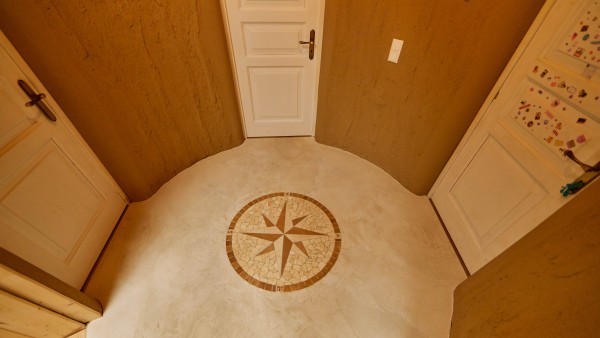
Clever interior design
The vestibule in the Oßwald-Dietz family home is round; the compass rose points shows the way.
“You know you’ll be well looked after”
The next house, belonging to Lukas and Corinna Schneider, strikes quite a different chord. They have divided their home on the ground floor, with a second door leading into the parents’ granny flat. The stairs are located against the wall to save space, with the kitchen downstairs and living room upstairs.
At the end of the row, in the unit Günther Osswald and Verena Dietz call home, the spiral staircase flanked by birch tree trunks leads into a quaint, round space under the roof. In the place that was once the barn door, there is now a view of the greenery outside, with a bathtub and beds facing out on the heavens through skylights.
Hubert Janson, the wood sculptor, largely restored the old building at the front himself. He laid 1,200 metres of heating coils, fitted steel girders and wooden floors, built stairs, and finally carved everyone’s star signs in their doors for them. His wife Brigitte gave the clay plasterer a hand and maintains the farmer’s garden in front of the house. Their 15-year-old son Kilian is a great helper. For his yearly special project at school, he built himself a desk, as well as working with the others to build a shepherd’s wagon for the farm’s small flock of sheep; in the winter, he climbed aboard the tractor to clear the snow.
“The boys are particularly active in the community aspects of life here. That’s really good for them,” says Corinna Schneider. “The children learn from how we treat each other,” her husband Lukas adds. “In our dog-eat-dog society, this place is an oasis of constructive communication. You know you’ll be well looked after,” says Brigitte Janson. Simply put, the four families enjoy good chemistry.
Everybody has just planted their community tree, a chestnut, in the courtyard. The rooster crows, the brook rushes and the children dart around in the background. It looks like Gabrielhof has become a modern place again – a place that points to the future.
The project
Project: expanding a solid structural timber farmhouse
Location: 83125 Eggstätt, Bavaria, Germany
Year of construction: 2017
Builders: Hubert and Brigitte Janson, Jonathan Emerson and KatjaNonnast-Emerson, Lukas and Corinna Schneider, GüntherOsswald and Verena Dietz
Architects: Kammerl&Kollegen (Pfaffing, Bavaria)
Energy consultant: Wolfgang Hilz (Zwiesel, Bavaria)
Size of premises: 6,350m² (plot of land), 773m² (living space)
Benefits for the residents: living together in a rural setting
Benefitsfor the society: no new development using additional land, cultural landscape preserved
Energy conservation: compact annexe made of solid wood, wood chip and solar heating, naturally occurring building materials
Disabled accessibility: ground floor partially wheelchair accessible, no barriers to access in courtyard
KfW Standard: KfW Efficiency House 55
Published on KfW Stories: Friday, 24 May 2019
The described project contributes to the following United Nationsʼ Sustainable Development Goals
Goal 7: Ensure access to affordable, reliable, sustainable and modern energy
Close to 80 per cent of the energy produced worldwide still comes from fossil fuel sources. Burning fossil fuels also generates costs for the health system due to air pollution and costs for climate-related damages that harm the general public, not just those burning the fuel.

All United Nations member states adopted the 2030 Agenda in 2015. At its heart is a list of 17 goals for sustainable development, known as the Sustainable Development Goals (SDGs). Our world should become a place where people are able to live in peace with each other in ways that are ecologically compatible, socially just, and economically effective.

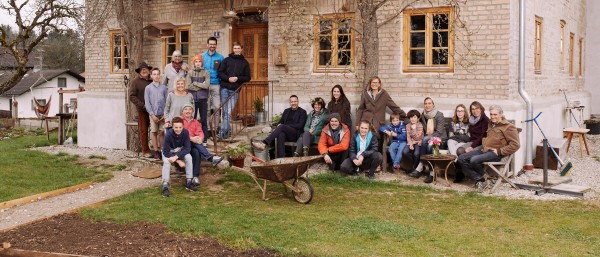
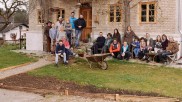
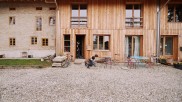
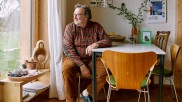

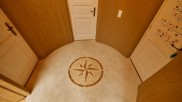
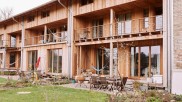
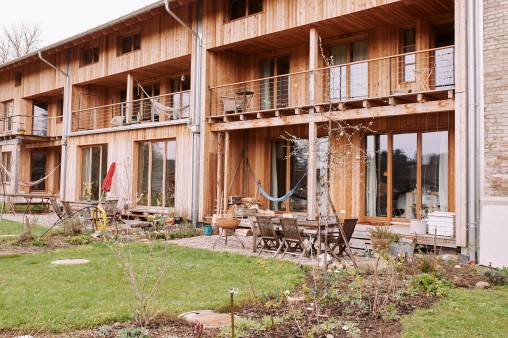
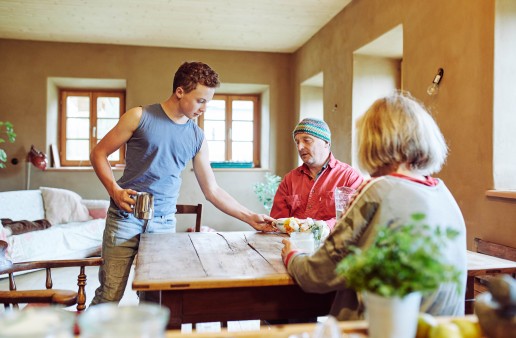
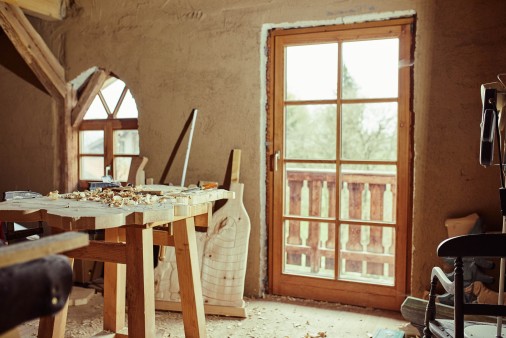
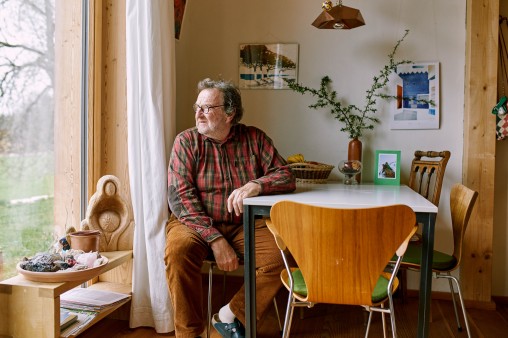
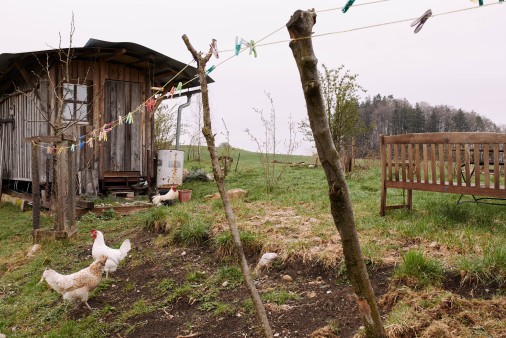
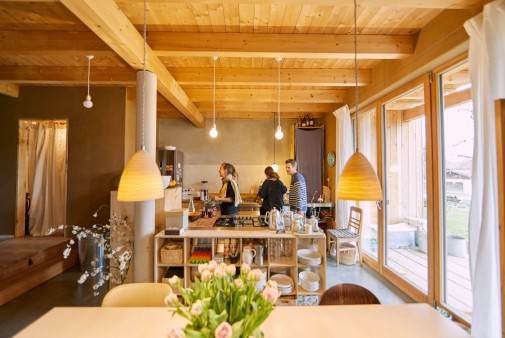
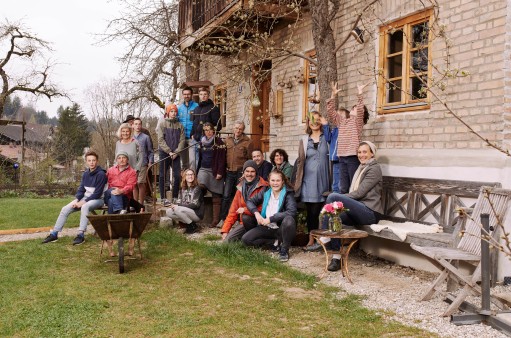







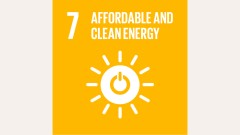
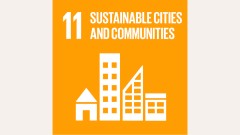


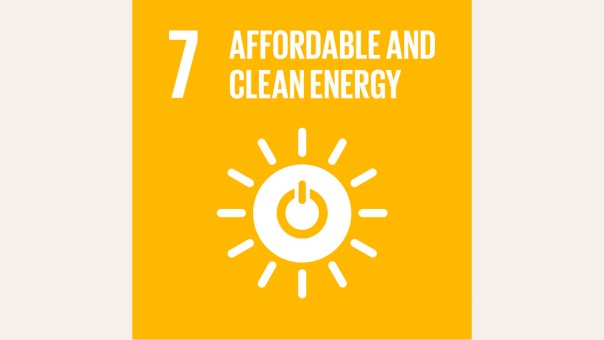
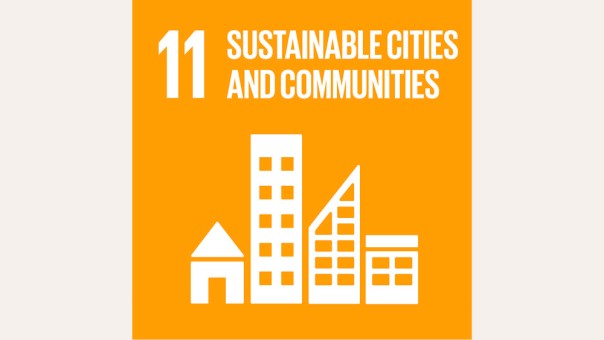


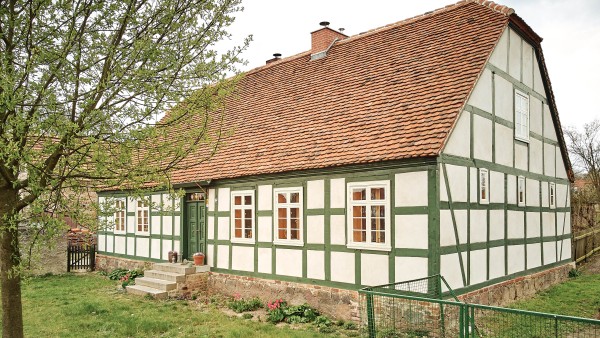
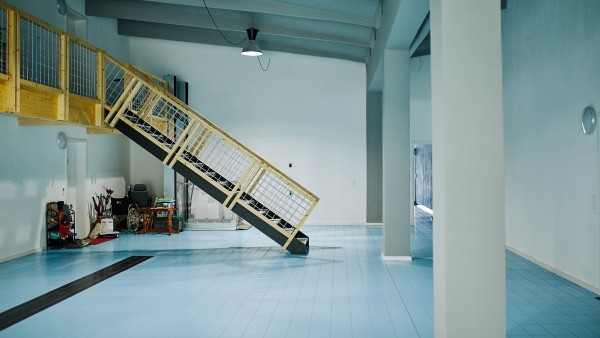
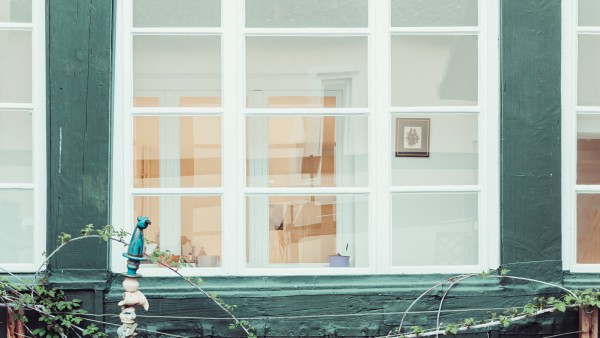
Data protection principles
If you click on one of the following icons, your data will be sent to the corresponding social network.
Privacy information